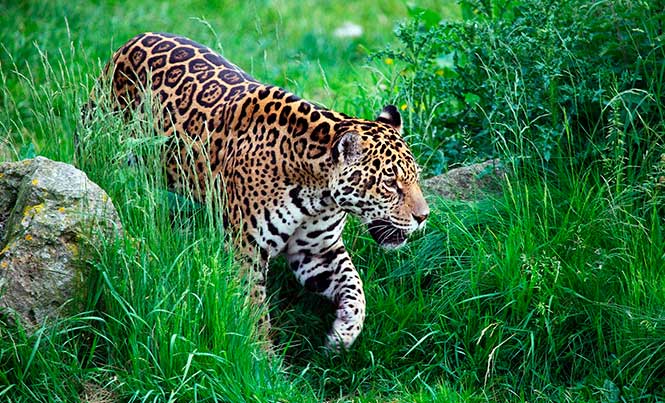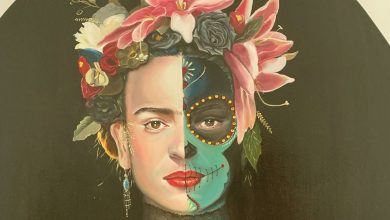Mexico’s Big Cat: Meet the Jaguar
Once at risk of extinction, the jaguar population is now growing again in Mexico and the Yucatan Peninsula in particular, thanks to conservation programmes

The jaguar is the third largest of all the big cats (after the lion and tiger). They are strong swimmers and solitary creatures that roam, hunt and live alone, only coming together for mating. The Maya culture has traditionally revered the jaguar as a symbol of darkness, the underworld and the force that binds man to the foundation and energy of his life. Temples were built in the jaguar’s honor and this large cat was esteemed as a sacred figure and “lord of the animals”. The spots on a jaguar’s skin were a representation of the constellations.
In the 1960s, about 1500 jaguars a year were killed for their fur and by the early 2000s there were only around 500 jaguars left in Mexico. Luckily the population has grown again due to the active work of conservation programs and education. In 2007, the National Jaguar Census (CENJAGUAR) was launched. In 2016, work began on a second census with new figures due to be released around June 2018, studying five priority areas which include El Eden and Laguna Om in Quintana Roo. The last figures show that there are now approximately 4,000 jaguars in Mexico (an estimated 11,000 worldwide) and 1,800 can be found in the Yucatan Peninsula, with 800 in Quintana Roo, 600 in Campeche and 400 in Yucatan.
Jaguars are now a protected species and it is illegal to kill them. Sadly, in February of this year, an adult female jaguar was found run over and left for dead on the Ruta de los Cenotes near Puerto Morelos. You can help by driving with caution as the federal highways cross areas of the jungle where jaguars and many other species are searching for food. Tragedy struck again this March when a young male jaguar was found shot to death on the main road between Tulum and Coba – a federal crime for a protected species.
In some tourist areas you can be approached for photo opportunities with young jaguars – please do not endorse this. When they grow too big they are abandoned, often without the skills to survive on their own that they would have naturally acquired with their mother and siblings







